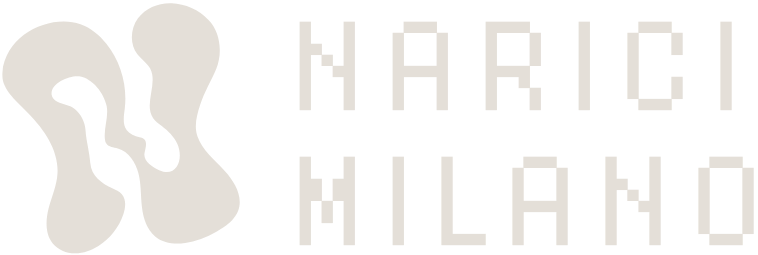Citron from Santa Maria del Cedro
The citron of Santa Maria del Cedro, also known as the smooth diamond variety, is one of the most prized varieties of this citrus in the world, and it has recently obtained DOP recognition, emphasizing its geographical origin and unique characteristics. Its excellence is the result of three main factors: local cultivation tradition, the area's microclimate, and the cultural connection with the Jewish community.
Cultivation characteristics and microclimate.
The Santa Maria del Cedro citron is grown using traditional techniques that ensure superior quality compared to other areas of the world. Local farmers protect the plants from wind and weather, using nets and constant care throughout the year, especially during the hot summer months.The plants are checked every day: only the flowers that will bear fruit are left, and all nearby leaves that could hinder growth are removed one by one. If two fruits grow so close that they touch each other, a piece of paper is placed between them. Inspecting each plant can take up to an hour!
The fruit grows close to the ground, where humidity improves its softness and organoleptic characteristics, avoiding direct exposure to sunlight that could damage it. Because of their low position, citrons are harvested by kneeling, ideally following the spirit of the Benedictine Rule “ora et labora.” This posture is not only functional but symbolizes intense labour and a dedication that evokes humility and atonement of sins.
What makes this cultivation unique is the particular microclimate created in this area, especially at the foot of the Castle of San Michele. There, the intersection of warm and cold air currents coming from the mountains and the sea creates optimal conditions for the development of the citrons, giving them an incomparable aroma and shine.
The history of the eternal fruit
The citron of Santa Maria del Cedro is a millennial symbol that has linked Calabria to Jewish tradition for over 2000 years! Every year, hundreds of rabbis go to the fields of the Riviera dei Cedri in Calabria to carry out their rigorous search for the etrog (as the citron is called in the sacred scriptures) to celebrate the Jewish festival of Sukkot. According to biblical tradition, one of the four ritual elements that accompany this celebration is precisely the perì ‘etz hadar, the “beautiful fruit” mentioned in Leviticus and identified with the diamond citron since the time of Moses.
Thus, the “bearded sages with kippahs” kneel or crawl among the low plants, carefully examining each citron to ensure it is pure, not grafted, free from spots or imperfections, and has a harmonious shape reminiscent of a heart. Once selected, the citrons are sealed and shipped to synagogues worldwide, ready to be raised during the October liturgy.
Production, botanical characteristics and olfactive profile
The production of this citron currently ranges from about 15,000 quintals to a potential 40,000 quintals per year, distributed among small family farms and larger agricultural operations. The bushes, very thorny, produce fruit year-round, but the main harvest occurs in August for the Sukkot ritual and from September to October for processing, when the fruits are green or turning yellow, depending on the intended use: for jams they are picked still green, for salads or liqueurs when they're more mature.
Essential oil is extracted from the peel of green citrons, with a yield ratio of about 100 kg of citron for 4 kg of oil, highlighting its preciousness. Every part of the plant is aromatic, from flowers to branches to leaves, giving a unique bouquet of scents. For this reason, it is said that even the axe that cuts it smells of citron!
The essential oil of Santa Maria del Cedro citron has a unique character among citrus fruits, standing out for its richness and intensity, which bring it closer to a heart note rather than a top note. Its olfactory profile is highly complex, combining the fruity notes of Persian lime, the floral nuances of bergamot, and the tartness of lemon with a slightly powdery character reminiscent of vanillin and coumarin. These qualities make it an extremely versatile ingredient in perfumery, providing body and realistic facets to citrus accords as well as a solid structure to the overall composition.
Recent history and preservation of the variety
Until the 1980s, the citron heritage was at risk of being lost due to commercial speculation and the decline of traditional cultivation. Thanks to the commitment of passionate growers, the variety was saved, enhanced, and reproduced. Today, the citron of Santa Maria del Cedro represents an example of agricultural and cultural regeneration, with strong generational renewal among growers.
Name and recognition
The variety is called “diamond” because of the shine of the peel, which resembles the brilliance of a gem. However, the name remains a symbolic detail: the true value of the citron lies in its history, quality, and connection with the territory.

